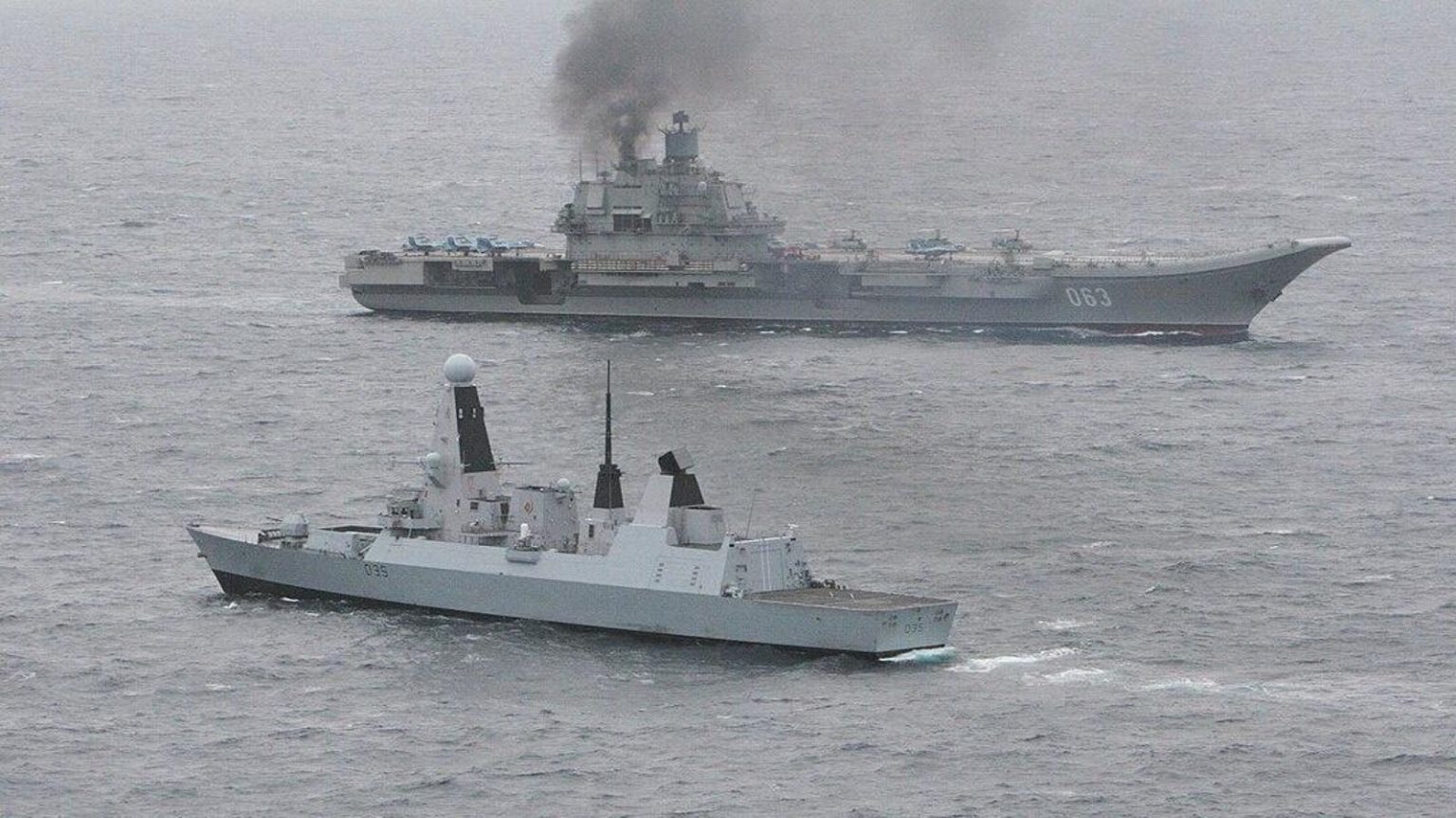Admiral Kuznetsov, the Russian navy’s only aircraft carrier, hasn’t deployed in eight years—and it’s increasingly unlikely it will ever deploy again. That helps explain why, in recent months, the Kremlin reportedly reassigned the aging ship’s sailors to the army—and sent them into battle in Ukraine.
It’s a startling revelation that underscores the Russian army’s manpower crisis as Russia’s wider war on Ukraine grinds toward its 31st month—and also underlines the decrepit state of the Russian navy’s biggest warships, most of which are Cold War leftovers.
Open-source analyst Moklasen first reported the reassignment of some of the 58,000-ton Kuznetsov’s approximately 1,500-person crew. The sailors formed a so-called “frigate” mechanized battalion within the 1st Guards Tank Army, Moklasen concluded after scouring Russian social media for clues.
The frigate battalion fought around Kharkiv in northern Ukraine before shifting to the Pokrovsk axis in the east. Moklasen surmised that at least one former carrier crewman, Oleg Sosedov, went missing during a Russian attack in Kharkiv on July 23.
That the Russians are apparently pulling people from Kuznetsov isn’t surprising. The Kremlin is taking extreme measures to mobilize the 30,000 fresh troops it needs every month just to replace battlefield losses—killed, wounded and captured—in Ukraine.
The alternative to, say, stripping away ship’s crews might be a nationwide draft, which would be politically risky for the regime of Russian Pres. Vladimir Putin.
And besides, the rickety Kuznetsov isn’t about to return to sea. The 39-year-old flattop was supposed to leave the port of Murmansk, in northern Russia, back in the spring for the first time in eight years. Instead, the carrier remains pierside in Murmansk, in northern Russia.
Kuznetsov has completed just seven patrols since launching in 1985 and commissioning into the Soviet navy six years later. During the flattop’s most recent deployment, off the coast of Syria in 2016, the air wing lost two of its 24 jets to accidents in the span of just three weeks.
The crashes were the first in a long series of recent mishaps. Two years later in October 2018, Kuznetsov suffered serious damage when the drydock PD-50 sank while the carrier was aboard for repairs. Then, in December 2019, a fire broke out on Kuznetsov itself.
Fleet leaders considered decommissioning the damaged ship. Incredibly, the Kremlin opted to repair and modernize Kuznetsov, instead. The plan, at the time, was for Kuznetsov to return to sea in 2022. But another fire broke out in December 2022. Nearly two years later, the carrier is still stuck in port.
Any other navy might just cut its losses, decommission the scorched flattop and build a new carrier to replace it. But Russian industry probably isn’t capable of building a direct replacement for Kuznetsov or any other big warship—which is why so many of the Russian fleet’s bigger vessels are former Soviet ships with decades of wear and tear on their hulls and machinery.
“The main issue is engines,” said Pavel Luzin, a military expert at Russia’s Perm University. Ukrainian factories built most of the Soviet navy’s big marine engines. Needless to say, the Ukrainians no longer export these engines to Russia. And the Russians have struggled to set up local production of similar equipment.
So Kuznetsov molders, increasingly bereft of crew and likelier by the day to become a permanent resident of the Murmansk shoreline. And her sailors are fighting, and apparently dying, in Ukraine—victims of the same war of aggression that has deprived Kuznetsov of the heavy machinery it would need to continue sailing.
Read the full article here





